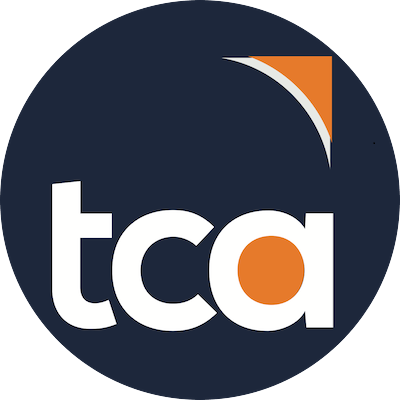In business management and leadership, there’s a theory that people or teams will achieve more success by building on their strengths rather than by fixing their weaknesses. The book Strengths Based Leadership, by Tom Rath and Barry Conchie (which is based on the Gallup organization’s 30-year research project) explores this idea.
The theory doesn’t state that we should ignore weaknesses. Rather, it suggests that we should invest in our talents and strengths and simply minimize the effects of our weaknesses.
I’ve been seeing this choice surface in the content teams I’ve worked with. One of the more common practices I see being used as new content teams come together under new processes and governance structures is a skills audit. With new goals, and a new operational model for content in the business, a skills audit finds areas of strength as well as gaps where additional training, outsourcing, or new hires might be needed.
But skills audit results often lead teams to a big question: Should we double down on our strengths with advanced training or by adding new resources? Or, should we shore up our weaknesses with new training, outsourced personnel, or new hires?
There is no easy answer.
Many experts argue that focusing solely on strengths has its own pitfalls.
A Harvard Business Review podcast a couple of years ago suggested that “so many weaknesses are overdeveloped strengths.” For example, amplifying the strengths of a politically skilled team leader can lead to a manipulative boss. Focusing solely on leaning in on the creativity of designers can lead to a team dynamic that’s considered idiosyncratic or out of touch with business realities.
Deciding which model to use reminds me of the aphorism usually attributed to statistician George Box: “All models are wrong, but some are useful.”
The key, of course, is self-awareness about which strengths and weaknesses are important – both as a team leader and collectively as a team. I’ve dealt with this first-hand in two situations:
The first involved a content team at a large Fortune 100 company. They focused purely on their strengths as a creative, journalism-focused team and minimized weakness by outsourcing their measurement and promotional activities to an agency. Over time, they gained recognition as a strong editorial team, but one that was held back by their lack of analytical ability. When the business pivoted to a new brand, the editorial team was let go – and the agency got a bigger share of the new content responsibilities because of their focus on measurement and analytics.
In the second situation, a technology company I work with has been growing and molding their content team for a few years. They maintain an acute awareness of their team’s strengths and weaknesses. More importantly, the team leader has created transparency and awareness of their ongoing balance throughout the business. They focus on highlighting their strengths as a content marketing team, including creativity, design capabilities, thought leadership, and structuring content for efficient reuse. But they also ensure that they’re continually aligned with where the broader team (the company) is headed. They, too, outsource measurement and analytics. But instead of divesting themselves of it completely, they make sure they understand how they’d integrate it if they need to.
The usefulness of any strengths-based model – or in performing a skills audit – lies in helping us identify strengths so we can make informed decisions about how to align our team to the business’s needs.
Over time, if you can keep this self-awareness, your (or your team’s) weaknesses can become your greatest strength as the business context changes.
It’s your story. Tell it well.





